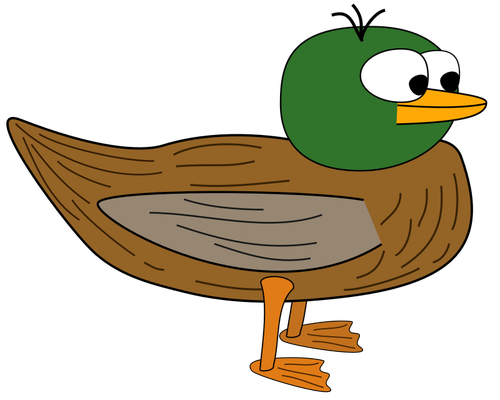
A blog post about Early Adopters.
Like Mythical creatures such as centaurs or unicorns, authors speak with such certainty about Early Adopters; what their adoption curve is like/how many of them you see in the early days; how to leverage them for information once you find them.
But that’s the million dollar question: how do you find them? Do you just build products and then there they are; using the product as if by magic, appearing in just the right place at the right time? Of course not.
You can’t just pay for traffic acquisition and then the users that end up engaging are ‘early adopters’. You have to actively know who these people are and then arrange it so that this product is put in front of them.
These people would love to know about it. They have a pain and you can make it go away. But they don’t know you and you don’t know them. So here’s what you do.
Find Early Adopters Like This
You take your initial small audience. For example, let’s say you are building an app for gardeners to know when to plant their seeds and you pay for facebook ads to get a hundred email addresses. Or you ask your friends and find a hundred gardeners. Or you sponsor a gardening event and offer a free prize if people subscribe to your mailing list. Or use your network to put you in touch with decision-makers at the relevant companies.
Either way, you have to do something clever (or at least determined) to find a small list like this. Once you have it, then you need to:
- Break your potential customers into batches
- Present your perceived problem/solution to the first batch first.
- Do some learning. Adapt.
- Present your revised perceived problem/solution to the second batch.
- Do some learning. Adapt.
- Continue until you have discovered what problem/solution really matters.
You may observe that these steps are consistent with the lean startup cycle in the iteration sense (first group/sprint/iteration, second group, third group etc.). But the subtle difference here is that I’m not using every customer / email address / interviewee all in one go, and then saying “ok i need more people for iteration two”. I’m taking the people that I have and sub-dividing that list into batches and this means as soon as I have the feedback from batch one, then five minutes later I’m starting on batch two rather than let the project get slowed down while I find more people.
The Key
The key in the steps above is the sentence “do some learning”. Some product/design/marketing people do that really well, and some do it not-so-well. So what you need to do is this:
Starting with batch one and continuing to the final batch, capture demographics from each interviewee — from the first person you speak to until the last.
Example
Let’s say that your customers are shopping centres. You know there is 100 of those within 100k of where you live. You have interviewed 6 batches of 10 supermarkets, honing your questions and make slight alterations to your value proposition each time until you hit your sweet spot.
Now you know what it is “some supermarkets but not all” would buy. But you don’t know which ones (because say 10% will and 90% wont buy) are your likely customers!
But if you think in advance of the major characteristics of supermarkets like:
- Square metres
- Revenue
- Distance from City Centre
- Population living within 20k radius
- Competition within 20k radius
- Uprange/midrange/budget prices
- Nationwide brand/local
- Modern and open to innovation / old school
Then if you capture that information (when talking to that supermarket rep) and write it down and then after six batches or 60 presentations, then 7 have bought, then you look at the characteristics of those 7. In what way are they all similar?
Let’s Just Say
Let’s just say that all of those 7 are supermarkets below 10k square metres with less than €5m revenue and with a small population relatively nearby with low competition and an old-school approach with a nationwide brand. Then you have the characteristics of your early adopter! These are the people who most likely have already spent money trying to fix this, may have a budget next year to fix this or may have engineered their own solution to fix this and failed (thank you Steve Blank for those examples).
Find More
But now if I say to you “find more early adopters”, then you know what to do. Find users who are “below 10k square metres with less than €5m revenue and with a small population relatively nearby with low competition and an old-school approach with a nationwide brand.”
If you can target those, then they will buy more than any other customers. So don’t just start doing Lean and thinking your winning solution is all you must discover. You must discover one other thing too; the characteristics of your early adopters which you think about before you write the first questionnaire and before you talk to the first customer.
At the end of the day, you want to be the person who notices that all your customers have a certain behaviour. If all your buying customers are quacking during the interview and buying (or choosing), then you know what to do. Find other users who quack.
It’s better to sell to users who quack because that’s something we observed than selling to ducks because that’s something that we assumed.
Yeah, I know it might seem like a lot of thinking to get all the right demographic questions into your customer development or interview scripts before you know what you’re doing.
But you can do it, and it’s worth it.